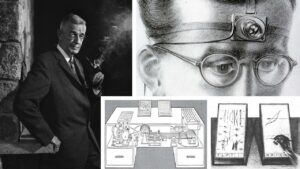
Spacewar! The Story of the First Video Game Created by Hackers at MIT
Author: Massimiliano BrolliOriginal Publication Date: 19/03/2021Translator: Tara Lie In this exciting story, we will catapult ourselves back to 1958 to MIT’s Tech Model Railroad Club and meet Steve Russel, Steve was one of the first hackers and wrote one of the first video games in history, and the very first with a connected Gamepad. The Tech Model Railroad Club The TMRC was an exclusive club, as we have already seen, which was frequented by brilliant and interesting characters. They often fit into the classic “geeky” stereotype – bespectacled individuals, not particularly athletic or tall, and more likely to have a ruler in their pockets






